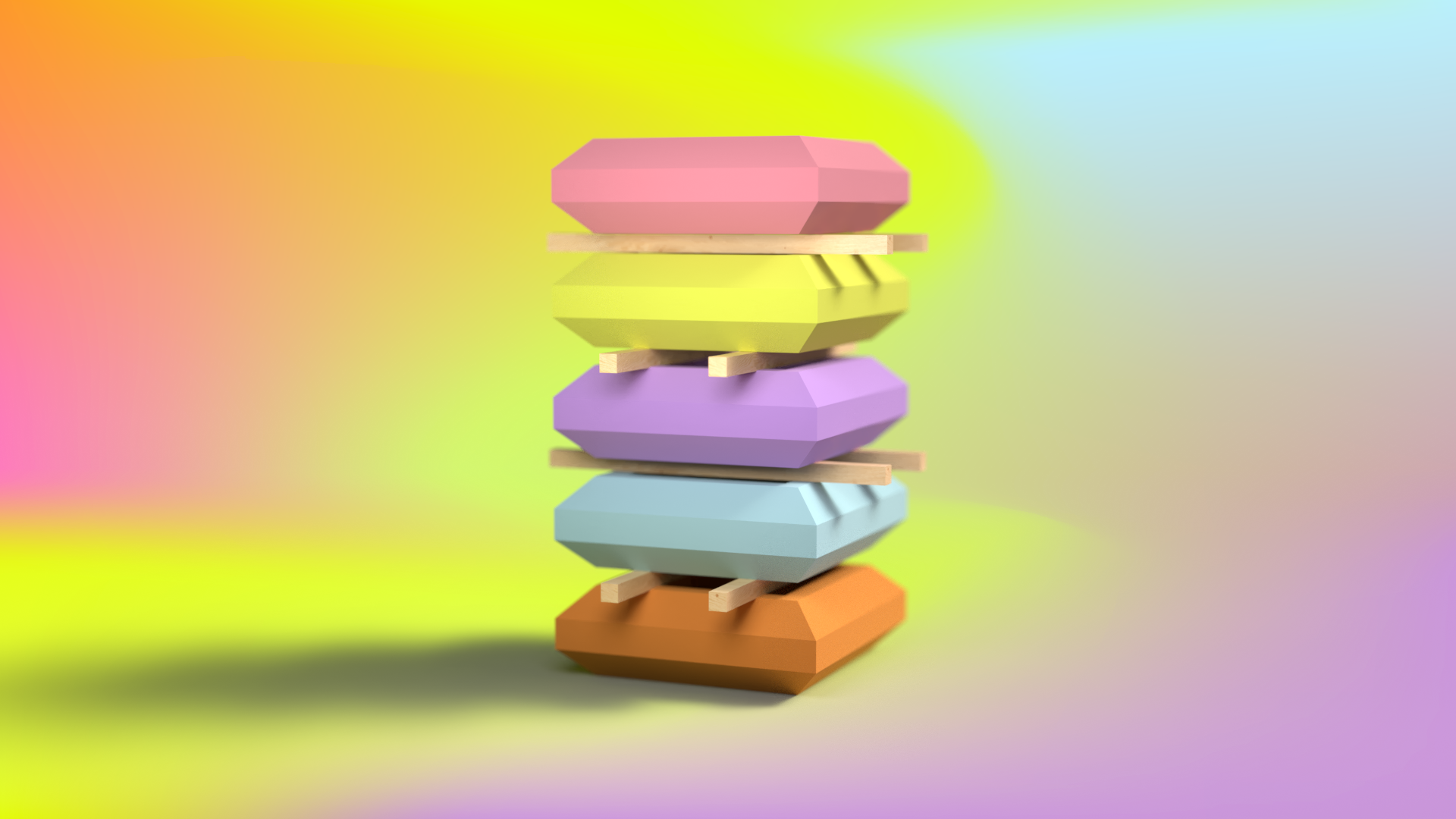Series Ni Care
Series Ni pots come in 3 collections - Bloom, Lull, and Coalesce - as well as Raw across 3 sizes - 3”, 6” and 9”. (Only the 3” version is currently available.) Each pot is made from cast concrete and features an inset aluminum mesh base.
Features & Use
Aluminum Mesh Base
Each Series Ni pot features an aluminum mesh inset base across all sizes. In most cases this base eliminates the need for additional mesh to be used. If you’re using a soil particle below 1/8” you’ll likely require additional mesh however.
The mesh base increases drainage and aeration, while providing numerous ways to wire trees in. Any opening in the mesh base can be used as an anchor point. The mesh base creates an opening in the bottom where wire can be discreetly hidden, eliminating the need for additional feet on the pot to raise it higher. The back of the pot features a round opening for airflow and water drainage.
Surface Anomalies
Due to the nature of cast concrete, Series Ni pots may feature unique surface anomalies including air bubble holes, small cracks, or other surface features. These are considered normal, however if there are specific surface features that are not aesthetically acceptable for your usage please notify Hito and we will replace the pot with another of the same type (size and color). Pots from a Coalesce collection are unique creations and cannot be substituted for surface anomalies however.
Care Guide
Series Ni pots are made from a blend of cast expansion cement and, after surface finishing, are either dyed and sealed, or coated and sealed. Both processes create a durable, weather-resistant finish designed for the requirements of bonsai pot use. Please review the following recommendations for care and usage. If you run into a problem related to performance or other related factor, please contact Hito and we’ll assess the best method of action to remedy the issue. Please also review Hito’s Return Policy for awareness.
Efflorescence / Water Evaporation
Efflorescence is a process that occurs in concrete where water permeates the surface through very small openings, carrying with it salts and minerals to the outside which dry as white powder on the surface. While the design process takes steps to minimize the possibility of efflorescence by using highly filtered water with low salt, metal and mineral presence, any concrete pot may experience this phenomenon. The raw collection is the most likely to experience this.
Efflorescence is not a concern for either the pot’s performance or for the bonsai’s health. It is more common in pots which have been recently cast and are still “acclimatizing.” If you notice this fluffy white powder-like substance after watering, removing it with a brush or by other means is the best way to handle it. If it persists, cleaning the pot with a mild acidic cleaner will help.
Mineral build-up from watering commonly occurs from water evaporating, leaving behind minerals on the surface of the pot. After watering, physically drying the pot’s surface is a good method to limit this from happening.
Efflorescence as a Character Enhancer
Efflorescence can be looked at as a means to create character in Raw pots. Selectively choosing where to leave it if it develops can create surface variance.
Soil
Similarly to the challenges certain compositions of water might create, soil free of excess minerals - primarily salts and metals - will perform best with Series Ni pots. It’s recommended to thoroughly rinse soils prior to use.
Cleaning
Series Ni pots can be cleaned using a mild soap and water. Light abrasive tools, such as a child’s toothbrush, can be used without risking any harm to the surface finish. More abrasive tools, such a wire brushes or scrapers, are not recommended. Oiling the surface of the pot is not recommended due to the material not being ceramic.
UV & Temperature
Every material has a propensity to be affected by UV damage however Series Ni pots should not be adversely affected by UV, or experience a reduction in the vibrance in color. The Bloom collection specifically uses a coating formulated for UV and adverse weather conditions. Freezing temperature or high heat should not affect the pots, however unpredictable effects of frozen water and expansion could have an affect. If cracks or pot breakage occur as an affect of frozen water expansion, Hito will examine the specific context and determine if a replacement is necessary.



